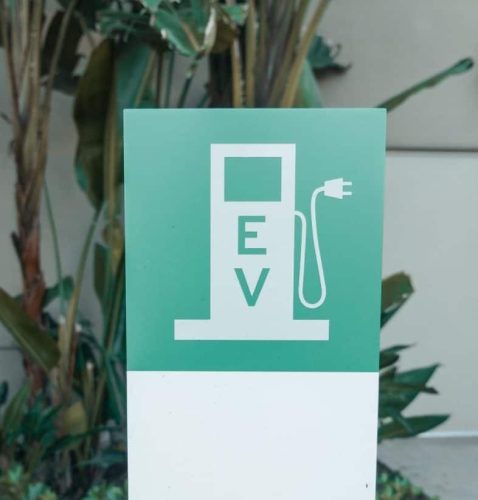Are you looking for fire safety design solutions for Electric Vehicle (EV) carparks and electric vehicle charging stations (EVCS)? Fire Check Consultants Pty Ltd (FCC) are here to help:
FCC have worked on various projects to create a design strategy document that supports the Performance Solution of EV and EVCS facilities. The design strategy document addresses the special hazards of EV and EVCS, as required by NCC 2022 Clause E1D17 DtS provision. The clause aims to ensure that adequate fire safety measures and smoke hazard management measures are installed where special hazards exist.
EV and EVCS represent significant challenges for the fire safety strategy of a building during a fire event. The concerns of the EV and EVCS in terms of fire safety have been raised by many fire services with the Position Statement to address the installations and the allocation of the EVCSs and EV spaces in a building.
EV Fire Hazards
EVs are powered by alternative energy fuel cells, consisting primarily of a variety of Lithium batteries. A fire starting in the battery of an EV, which can undergo thermal runaway and is influenced by factors such as size of battery, battery chemistry and state of charge.
Batteries in EVs are more likely to experience thermal runaway if they are damaged due to thermal, electrical or mechanical abuse. Thermal runaway can also occur at relatively low temperatures, with the results of battery failure being in the form of venting flammable gases; this can ignite if an ignition source is present or if the environment provides conditions for combustion i.e., sufficient oxygen, fuel source and heat.
An EV fire is harder to extinguish and may re-ignite. Following initial suppression, it was found that 13% of vehicles reignited after initial suppression, and two cases resulted in a second thermal runaway event. Therefore, it is essential to monitor the temperature of the battery after extinguishment and apply cooling water as needed.
EV Design Strategy
FCC have developed a design strategy document that outlines the fire safety objectives, performance criteria, design scenarios, analysis methods and acceptance criteria for the EV and EVCS facilities. The document also provides guidance on the selection and installation of appropriate fire detection, suppression and smoke control systems, as well as emergency management procedures and signage. The document is based on a holistic risk assessment approach considering the likelihood and consequences of various fire scenarios involving EVs and EVCSs.
The design strategy document is intended to be used as a reference tool for designers, builders, developers, certifiers and regulators of buildings that incorporate EV and EVCS facilities. If you need professional advice on how to design fire safety solutions for EV and EVCS facilities, you can contact FCC via phone or email. FCC is a leading company in the field of fire safety engineering, with over 20 years of experience and expertise. We offer a range of services, such as fire engineering reports, performance-based design, computational fluid dynamics modelling, smoke control testing and fire safety audits. FCC is committed to delivering high-quality solutions that meet the needs and expectations of our clients.


